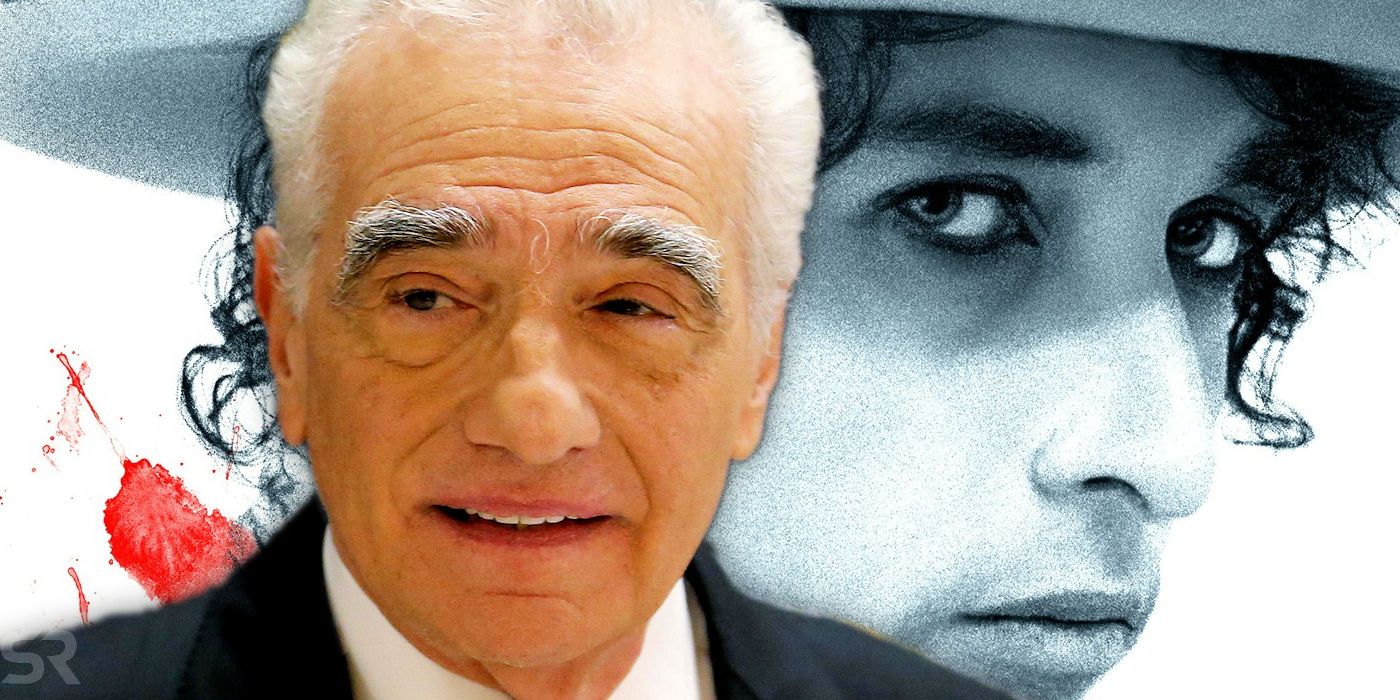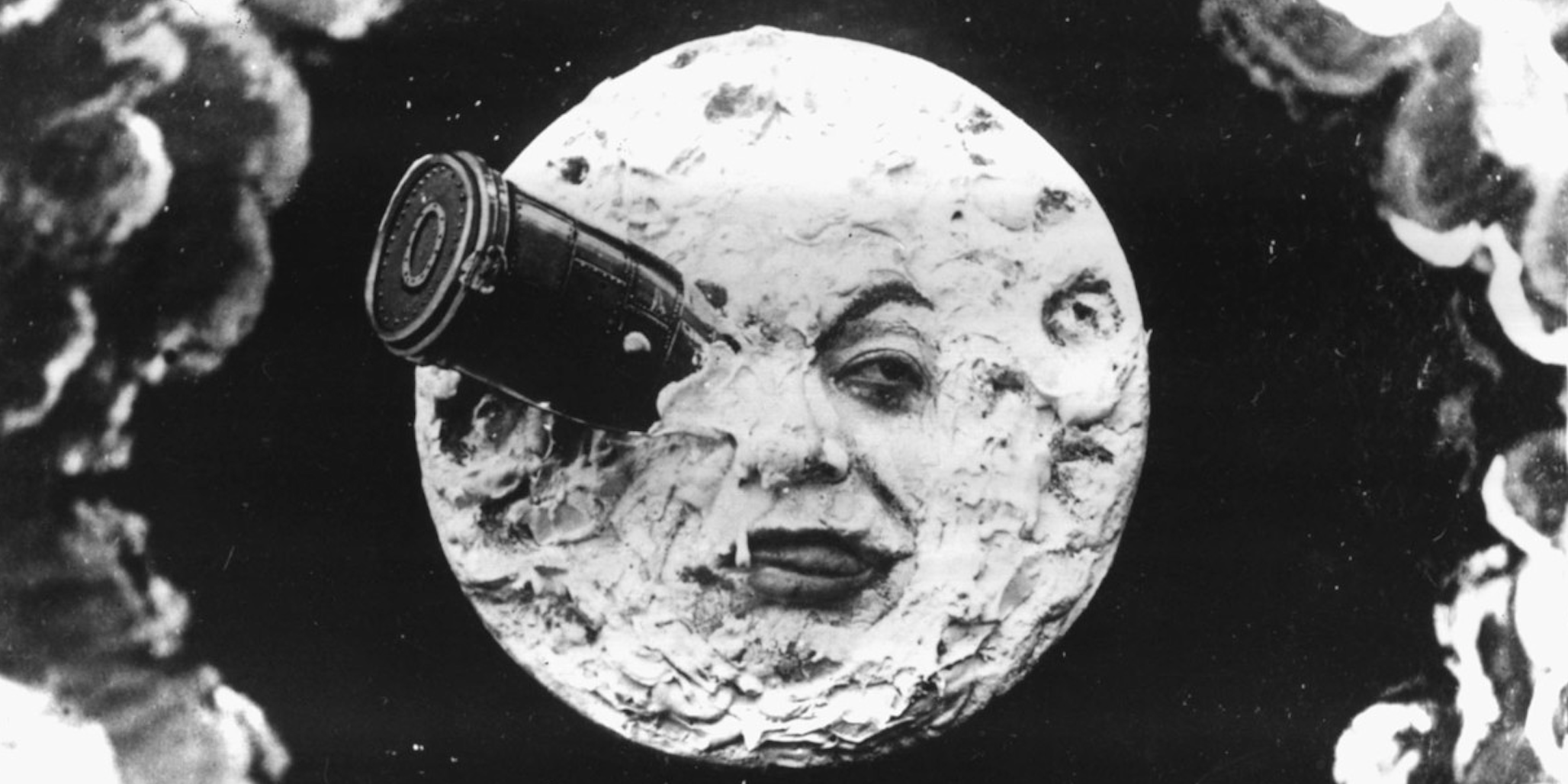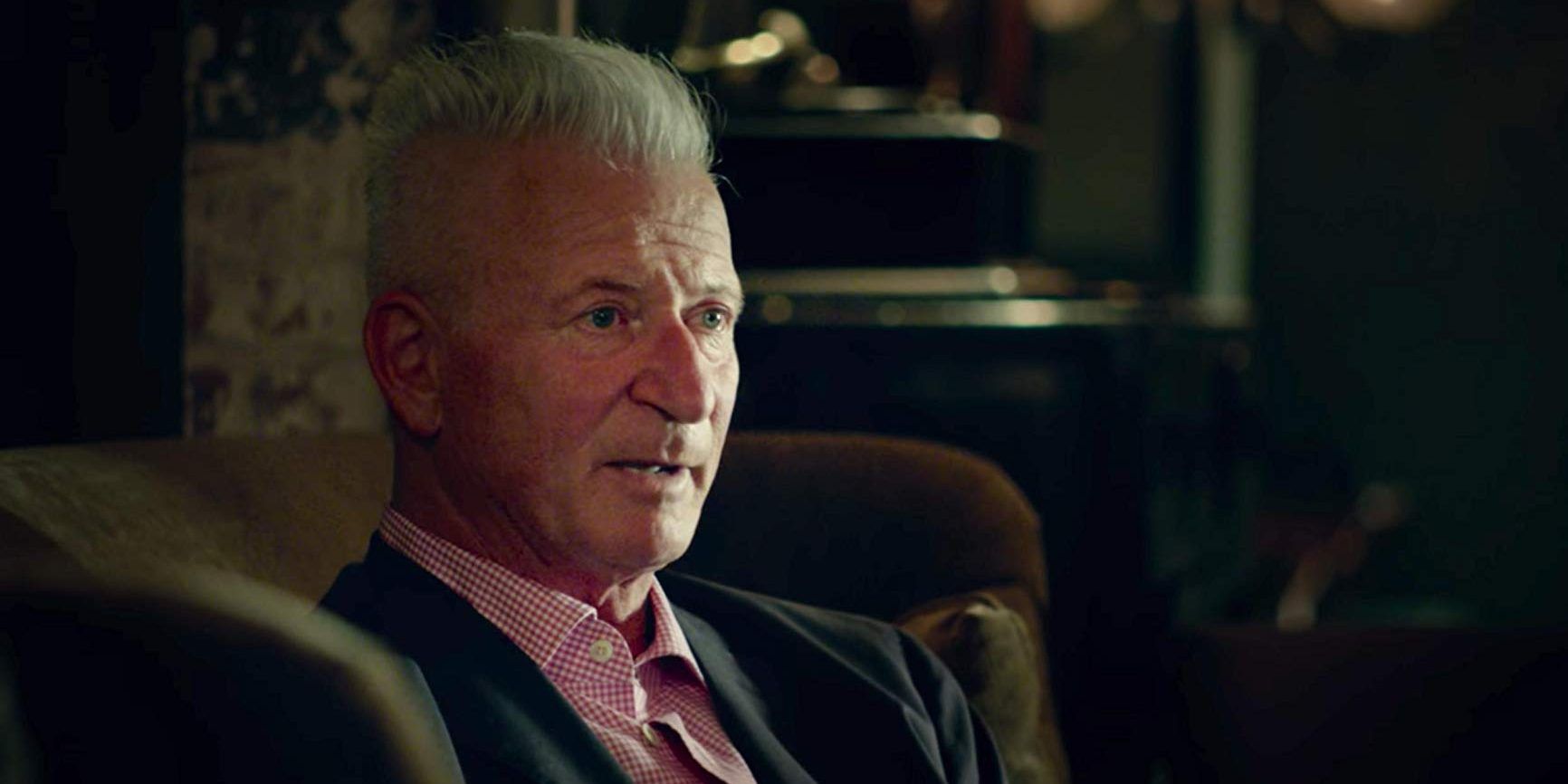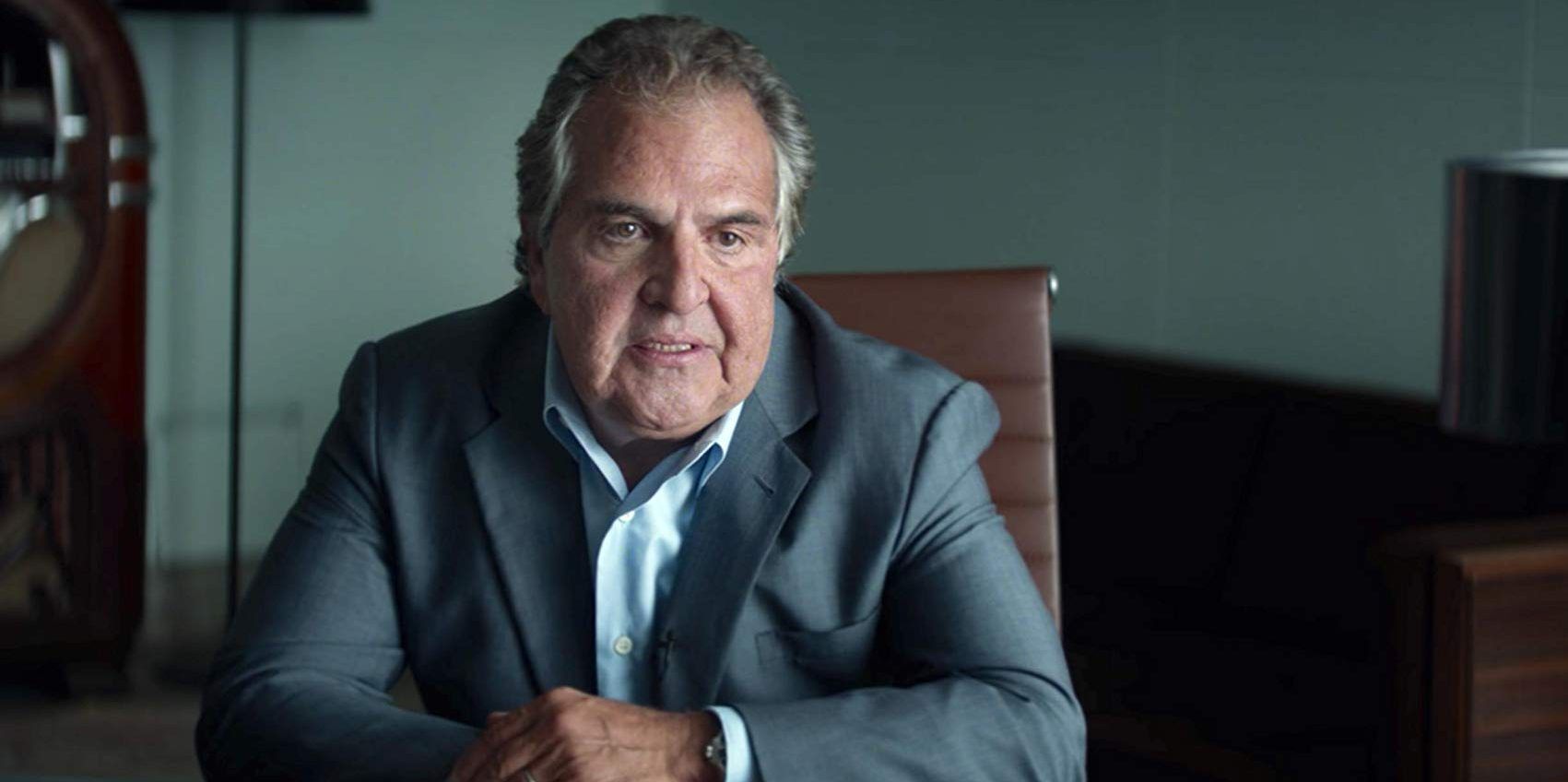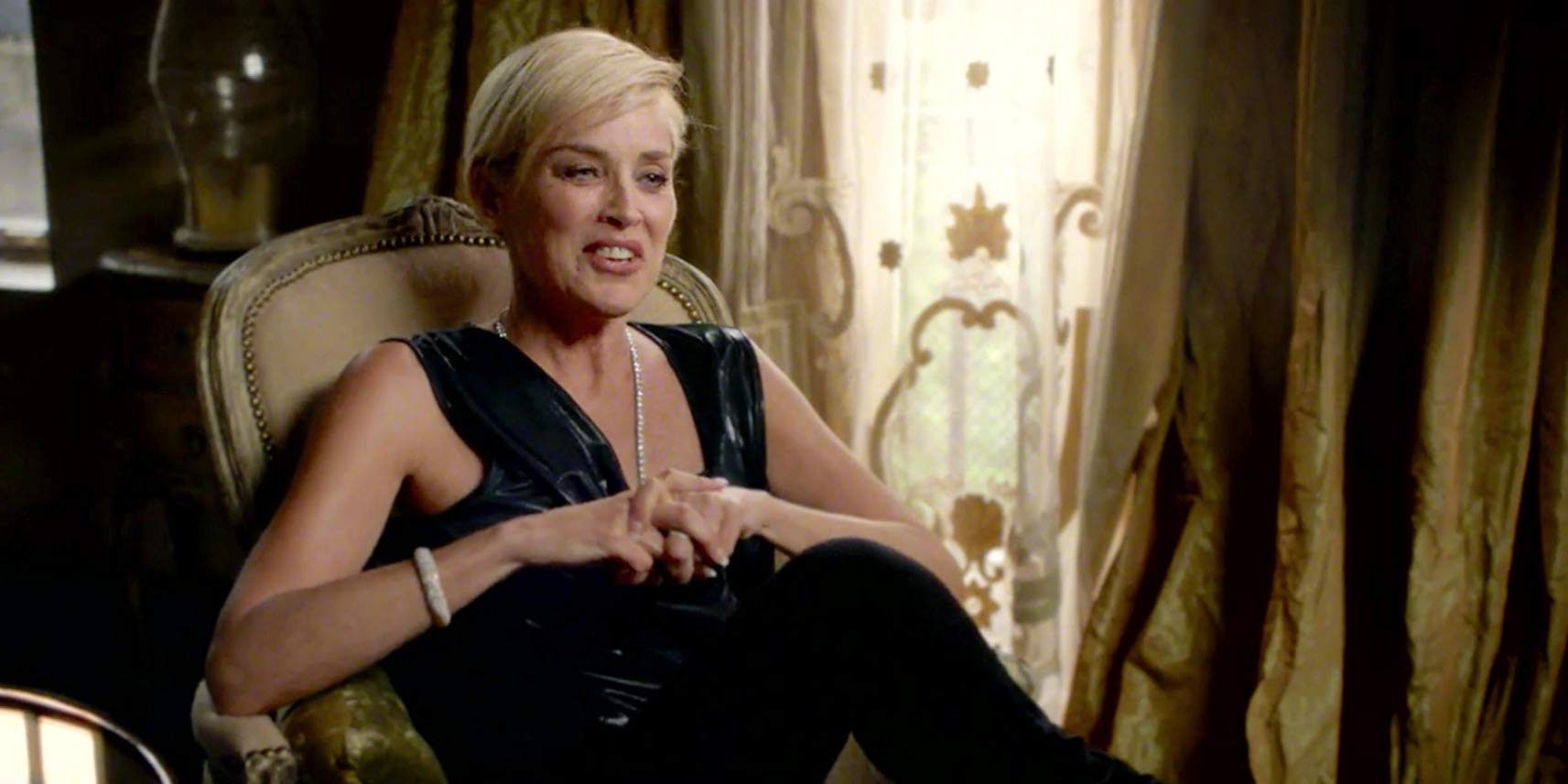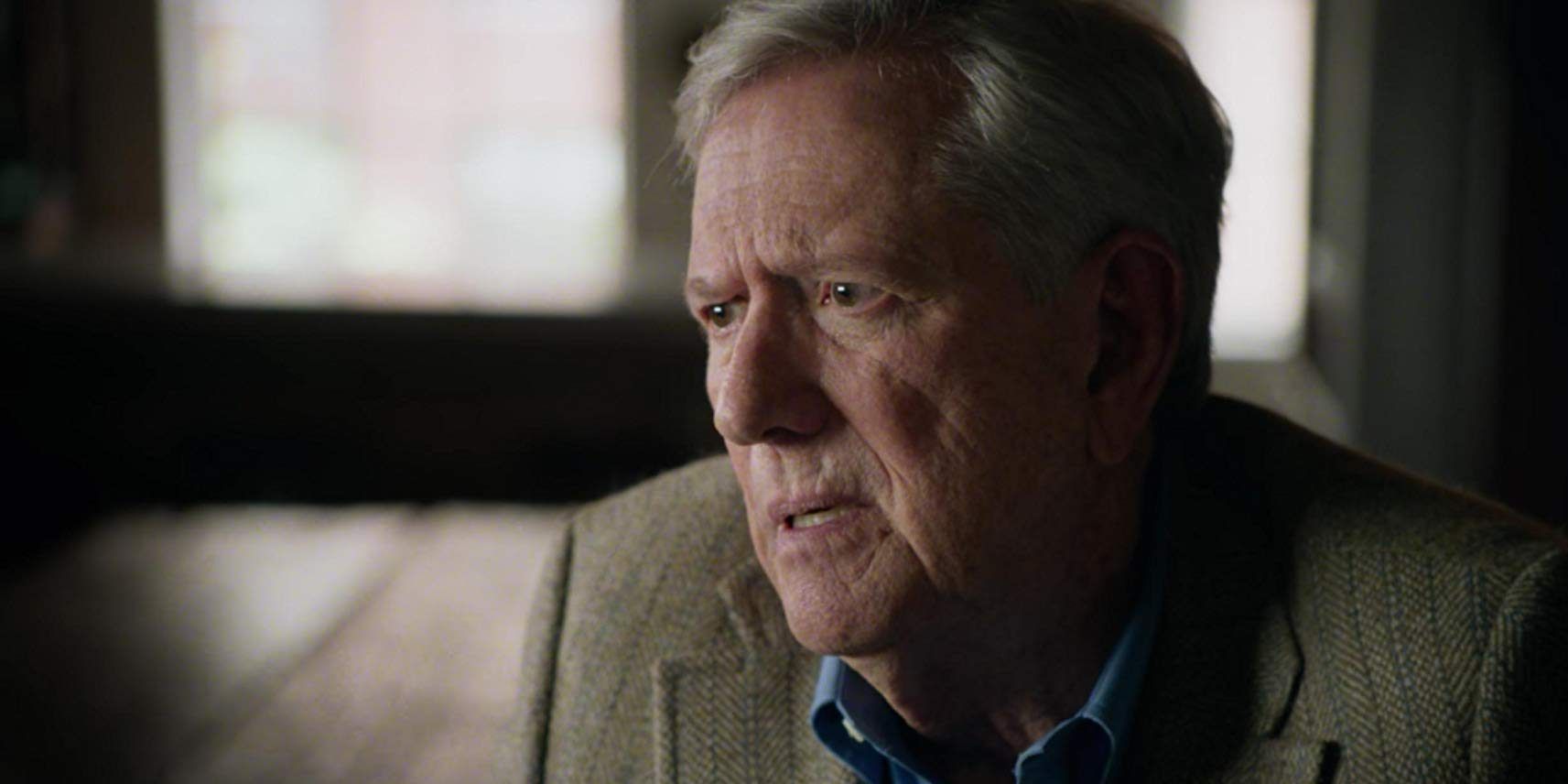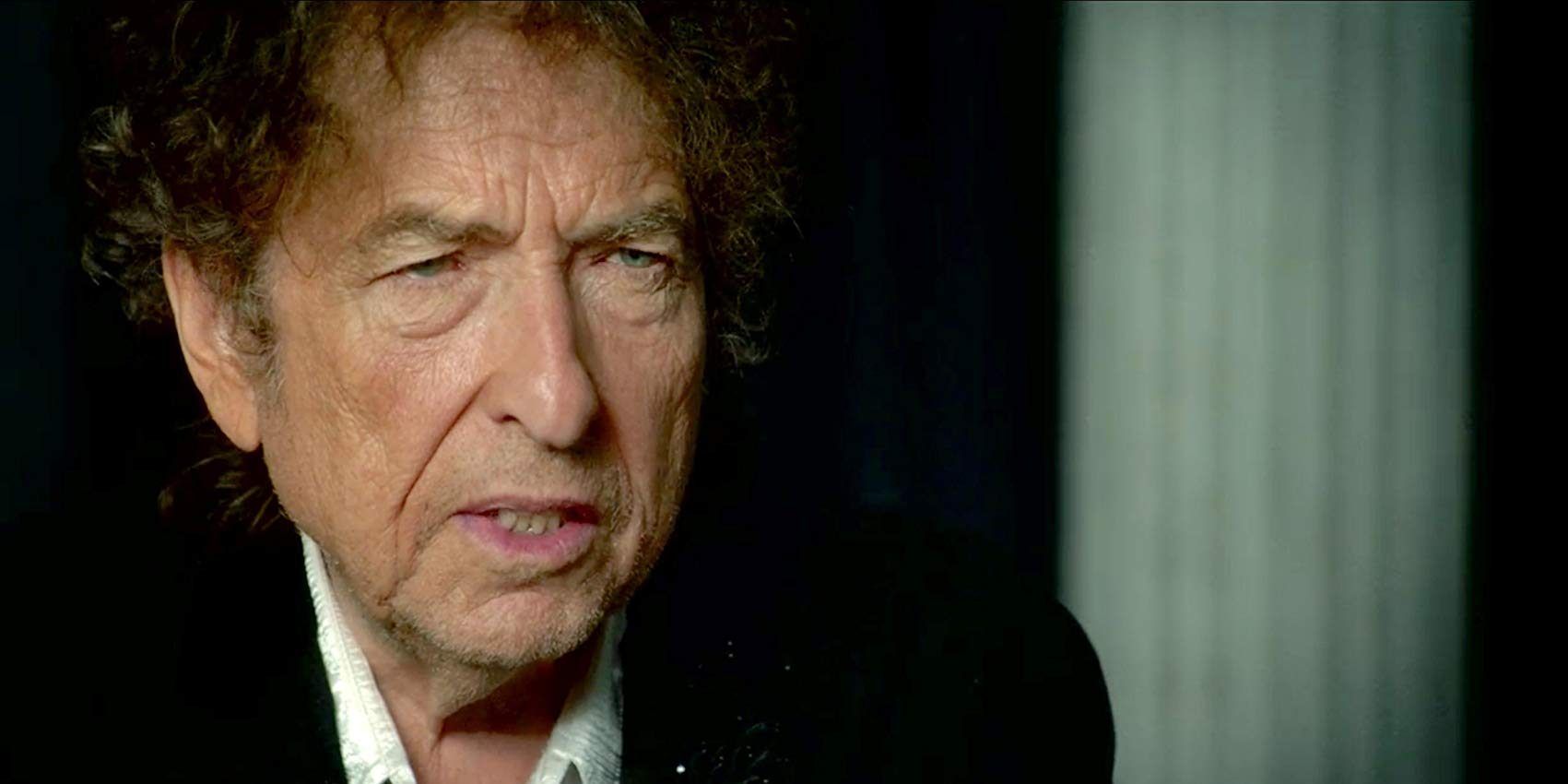Martin Scorsese's Rolling Thunder Revue documentary chronicles Bob Dylan’s 1975 tour, but many of the side-narratives are based in fiction and cinematic magic. The Netflix film plays out like a proper documentary; however, the premise is supported by contrived tales.
In the 1967 documentary Don’t Look Back, D.A. Pennebaker highlights Dylan’s evolution from folk singer to rock and roll superstar. Nearly 40 years later, Scorsese released the documentary No Direction Home, a four-hour exploration of Dylan’s early years in Minnesota and rise to fame in New York City’s Greenwich Village.
Rolling Thunder Revue includes subtle references to both films, with Dylan himself contributing to the magical misdirection. The most blatant lies in Rolling Thunder Revue don’t necessarily devalue the real events that take place, though. Here’s how Scorsese and co. weaved together false narratives.
The Méliès Intro Sets Everything Up
Scorsese reveals the card up his sleeve in Rolling Thunder Revue’s opening scene. Black and white footage shows a magic act, in which a man makes a woman disappear. This sets up the film’s main title graphic, “Conjuring The Rolling Thunder Revue.” Given the film's 142-minute runtime, viewers may easily forget about the crucial first minute once the tour sequences begin. The Netflix doc's opening footage dates back to the early days of recorded film history, and references a recent Scorsese film.
Rolling Thunder Revue’s intro features none other than Georges Méliès, a French illusionist and cinema pioneer who produced fantastical films during the early 20th century, including the iconic Le Voyage dans la Lune (see above). In Scorsese’s 2011 film Hugo, Ben Kingsley’s Papa Georges is revealed to be an older version of Méliès. While Hugo mostly follows the exploits of two kids in 1931 Paris, the magic of cinema is a major theme.
With Rolling Thunder Revue, Scorsese immediately foreshadows a magical element by paying homage to a major inspiration. Some people may see a simple reference to the past, while others may overlook the moment entirely. But what’s important is that Scorsese reveals his hand from the start in Rolling Thunder Revue's first minute.
Stefan Van Dorp Didn't Film The Rolling Thunder Revue Tour
In Rolling Thunder Revue, early narrative exposition reveals that a German filmmaker named Stefan Van Dorp documented the tour. During interviews, he boasts about personal accomplishments, and suggests that he inspired Dylan to smoke like a European. Van Dorp’s voice can be heard in numerous tour scenes, and his on-camera interviews show a man that feels a heightened sense of self-importance. But Van Dorp isn’t a real person. He’s a character portrayed by Martin von Haselberg, the husband of singer Bette Midler (who appears in one of the film's nightclub sequences). In real life, von Haselberg has two directing credits to his name.
Van Dorp represents the pretentious indie director. During interviews, the character muses about his motivations for filming the tour, and states that "I made an indictment of popular culture." Meanwhile, Dylan’s on-camera interviews support the faux storyline, most notably when he discusses the creative conflict between Van Dorp and the late actor-writer-director Sam Shepard. On a deeper level, the Van Dorp character appears to reference the real-life conflict between Dylan and Shepard while writing the 1978 film Renaldo and Clara, which was produced during the actual Rolling Thunder Revue tour. Many of Scorsese's documentary subjects collaborated with Dylan for Renaldo and Clara, so Van Dorp seems to embody their real-life creative tension.
Jim Gianopulos Is Not A Concert Promoter
Much like Van Dorp, a supposed concert promoter named Jim Gianopulos speaks about his involvement with the Rolling Thunder Revue tour. In fact, he even states that “it was kind of my idea.” Gianopulos talks about the specifics of organizing such a tour, using a matter-of-fact tone to imply that he knows exactly what he’s talking about throughout the doc. In real life, though, Gianopulos is the current CEO of Paramount Pictures.
In Rolling Thunder Revue, Gianopulos speaks with an east coast accent, and his cadence is similar to that of Scorsese, a New York native. It’s almost like Gianopulos is a stand-in for the director, which makes perfect sense given that Scorsese often makes cameos in his fiction films, dating all the way back to classics like Mean Streets, Taxi Driver, and Raging Bull, to name a few. For Rolling Thunder Revue, Gianopulos essentially functions as a fantastical Scorsese cameo.
Bob Dylan Wasn’t Inspired By KISS And Didn’t Date Sharon Stone
In Rolling Thunder Revue’s tour footage, Dylan wears makeup during the majority of the performance scenes. Aesthetically, this complements the circus-like nature of the tour, as Dylan and friends performed in smaller venues for a more intimate experience. For the Netflix doc, Scorsese connects Dylan’s makeup with pop culture, as he magically incorporates two fictional subplots involving the band KISS and actress Sharon Stone.
Rolling Thunder Revue spotlights the real-life violinist Scarlet Rivera, who supposedly dated KISS frontman Gene Simmons and took Dylan to a show in Queens. When discussing the concert in question and KISS' famous look, Dylan states that “I kind of filed that away somewhere.” However, KISS never performed in Queens during this time. Dylan’s face paint from the Rolling Thunder Revue tour was inspired by the 1945 film Children of Paradise (Les Enfants du Paradis), and the documentary Rolling Thunder Revue is, in fact, a collection of outtakes from Dylan’s film Renaldo and Clara.
As for Stone, she recalls attending a Dylan concert as an 18-year-old, and forming a relationship with the iconic musician when he commented about her KISS t-shirt. Stone also recalls the moment when she discovered that the song “Just Like a Woman” wasn’t written specifically about her intimate experiences with Dylan, but rather composed years earlier. The actress’ recollections are seamlessly incorporated into Rolling Thunder Revue, but none of them are true. They're used to amplify the magical element.
Jack Tanner Isn't A Real Politician
Scorsese injects a political narrative into Rolling Thunder Revue, seemingly for a commentary about American culture during the mid ‘70s. U.S. Representative Jack Tanner remembers attending a Dylan concert in Buffalo, and connects the experience to former U.S. President Jimmy Carter. Once again, Scorsese uses movie history for a magical twist in Rolling Thunder Revue, as Tanner is actually the main character from Robert Altman’s 1988 mockumentary Tanner ’88. Actor Michael Murphy reprises his role in Rolling Thunder Revue.
Given that Murphy, the actor, isn’t necessarily a household name, Scorsese can easily present Tanner as an authoritative figure. With other fictional characters, Scorsese makes connections to the music industry and pop culture, so the inclusion of Tanner allows for an extra layer of faux narrative depth. Tanner represents a nod to the past; a meta character who essentially winks at the audience while boosting the fantastical twist.
Bob Dylan's Tales Are Part Of The Magic
In Rolling Thunder Revue, Dylan speaks honestly about certain memories, all the while delivering a deadpan comedic performance when discussing the fictional characters. Early on, he states that the documentary itself appears to be "about nothing" since the tour is just "something that happened 40 years ago.” Over the years, Dylan has famously challenged journalists who use convenient labels to make sense of his work and pop culture relevance, evidenced in both the aforementioned Don't Look Back and No Direction Home. In Rolling Thunder Revue, Dylan once again fires back, but in a more subtle way. As he notes early on, “life is about creating yourself, and creating things.”
When Dylan reflects on the tour’s aesthetics, there’s a touch of snarky, deadpan humor when he notes that “We didn’t have enough masks on that tour.” He later discusses the tension between Shepard and the fictional Van Dorp, which is clearly a cover for references to the creative endeavor Renaldo and Clara. Approximately one hour into Rolling Thunder Revue, Dylan discusses the late Allen Ginsberg, most notably the poet’s dancing talent and musical aspirations. If one listens closely, some of Dylan’s words appear to be lyrically scripted, if only to honor the legacy of his late friend: Whitman said, “I am large, I contain multitudes.” / We still remember those lines today / Today’s poets don’t reach into the public consciousness that way.
Rolling Thunder Revue’s interviews are largely contrived, but the main people mostly play it straight. By the end, the fictional Van Dorp states “I’m the one who made this. I’m the filmmaker here." Rolling Thunder Revue includes fascinating concert footage that long-time Dylan fans will appreciate, and the fake side-narratives allow everybody involved to have a little fun, all in the name of cinema and magic.

